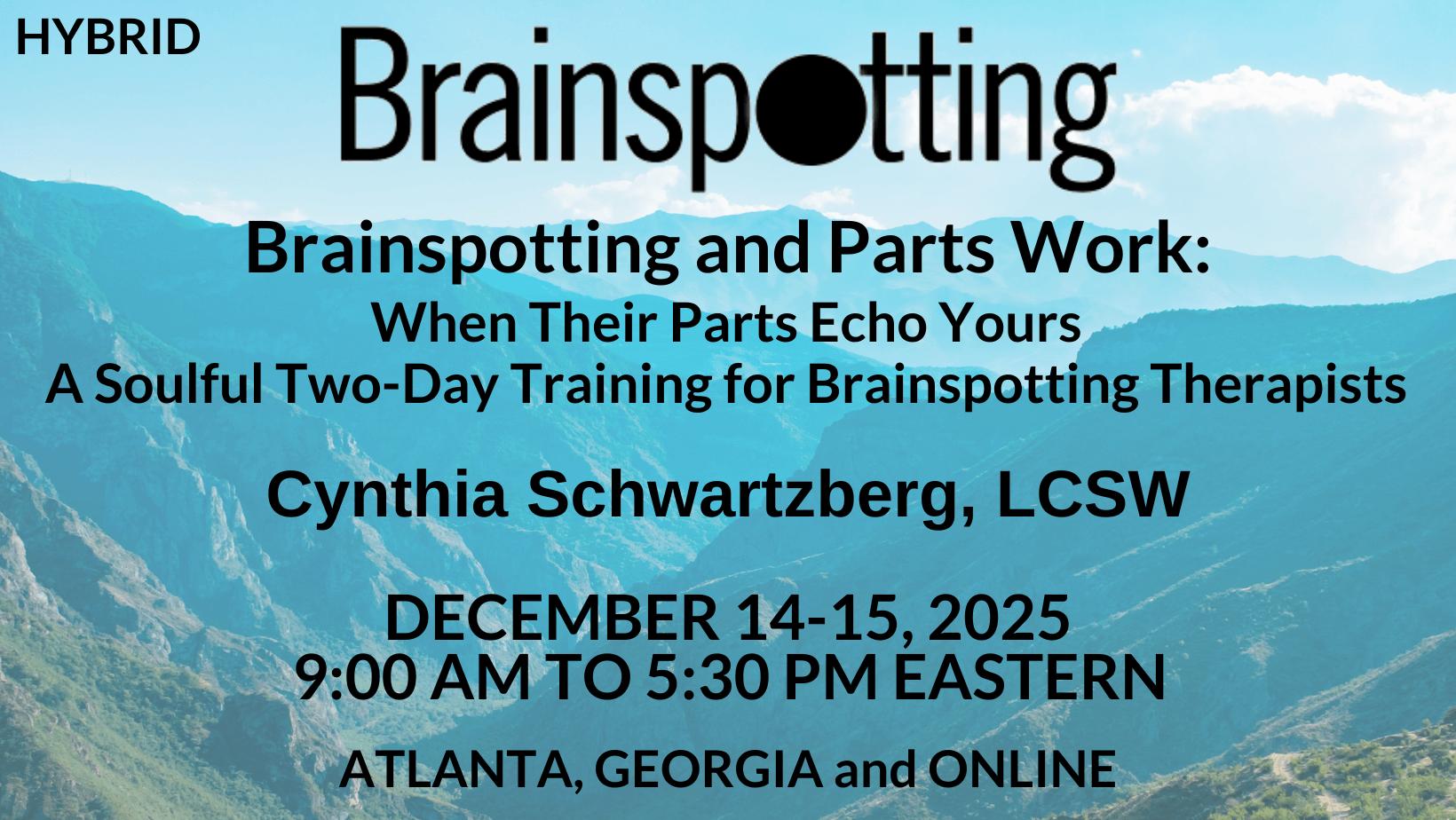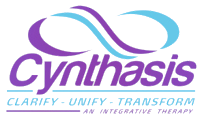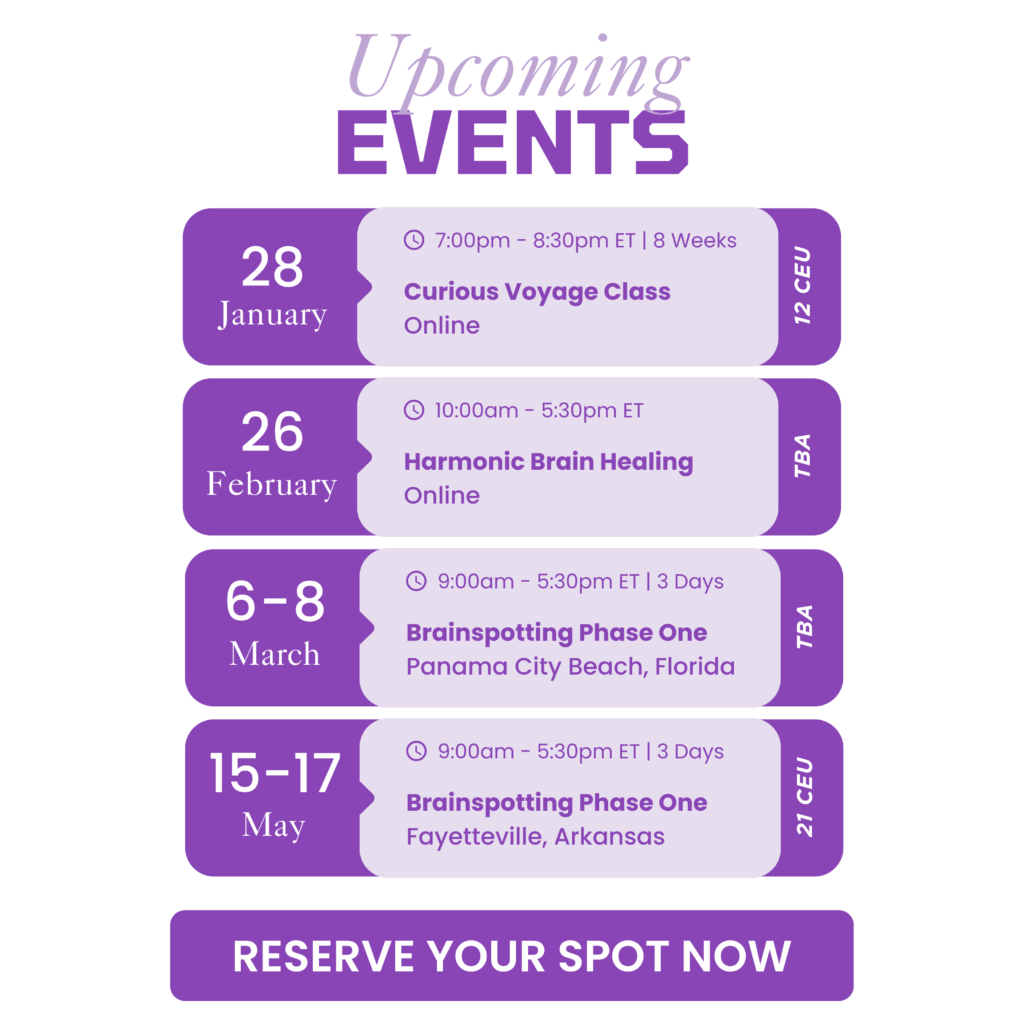
- This event has passed.
Brainspotting and Parts Work December 14-15, 2025
December 14, 2025 – December 15, 2025

When Their Parts Echo Yours
A Soulful Two-Day Training for Brainspotting Therapists
We don’t just sit with others, we sit with the echoes of our own stories, too.
Join us for this comprehensive two-day training designed to deepen your therapeutic practice by exploring the profound impact of unknown parts within both therapist and client on therapeutic attunement and relationship dynamics.
Through the innovative lens of the Neuroexperiential Brainspotting model, you’ll develop essential skills to:
- Recognize and work with implicit and explicit parts in both yourself and your clients
- Navigate therapeutic frame shifts with clear intention and clinical purpose
- Support preverbal and other vulnerable parts within your clients’ systems
- Apply specialized Brainspotting techniques that promote healing, regulation, and comprehensive integration
This experiential learning opportunity will guide you through:
Self-Awareness Development: Learn to identify how your own unknown parts influence therapeutic attunement and may present challenges in the therapeutic relationship.
Clinical Integration: Master the art of seamlessly integrating various parts-based therapeutic approaches within the established Brainspotting framework.
Advanced Technique Application: Gain proficiency in applying targeted Brainspotting methods that foster healing, emotional regulation, and system-wide integration for your clients.
Frame Navigation: Develop confidence in recognizing when and how to navigate frame shifts that serve the therapeutic process and support client healing.
This training offers both theoretical understanding and hands-on practice, ensuring you leave with practical tools ready for immediate implementation in your clinical work.
LEARNING OBJECTIVES
- Identify and understand Limbic Countertransference.
- Deepen understanding of the Neuroexperiential Model and parts work
- Utilize the concept of “tail of the comet” to track activated therapist parts, without disrupting the client’s process.
- Evaluate affect tolerance and Limbic Countertransference through attunement with the client..
- Distinguish when to use implicit vs explicit Parts work.
- Evaluate affect tolerance and limbic countertransference through attunement with the client and self.
- Utilize the concept of “tail of the comet” to track activated therapist parts, without disrupting the client’s process.
- Discover how to balance the integration of the implicit and explicit Brainspotting Parts work within a session.
- Apply, practice, and integrate intervention with Brainspotting when needed, with Parts work.
- Demonstrate integration of Parts with Brainspotting with a focus on Limbic Countertransference, attachment wounds, and younger parts healing.
- Learn to use Brainspotting frame with eye position for Parts work.
- Identifying indicators of Parts work
- Learning to track clients’ cues while working with parts
- Practice explicit parts dialogue techniques, including orienting parts to the present, facilitating connection with the adult self, and promoting healthy differentiation.
- Develop confidence in recognizing when and how to navigate frame shifts that serve the therapeutic process and support client healing.
- Integrate closure and containment strategies into Brainspotting sessions involving parts work, including resourcing, grounding, and internal systems check-ins.
- Demonstrate Self-care for the therapist when working through parts
CONTINUING EDUCATION
Evaluations and certificates will be available online following course completion.
14 CE credits will be available for this course. A link to purchase CE credits will be sent to you the week of the training.
Cynthia Schwartzberg is a senior faculty member with Engaged Minds, CE provider.
Social Workers
Approved for New York State (NYS) social workers (#SW-0676) and accepted in other states that recognize NYS CE providers for social work credit. This course provides 21 CE credits for social workers.
Professional Counselors
Approved by NYS for Licensed Mental Health Counselors (LMHC, #MHC-0284) and Licensed Marriage and Family Therapists (LMFT, #MFT-0117).
Also approved by the National Board for Certified Counselors (NBCC) as an ACEP (#7455).
Psychologists
Approved for NYS licensed psychologists (#PSY-0270) and accepted in other states that recognize NYS CE providers for psychology.
Please note: Engage Minds (CE provider) is not APA-approved.
Registration
If you are a member of any of the Brainspotting Institutes, please write info@cynthasis.com for the discount code.
Brainspotting and Parts Work December 14-15, 2025
If you do not receive a letter with details about the training upon completion of payment, please check your spam folder and then email info@cynthasis.com if you don’t find the letter there.
By attending this training, I understand and agree to the terms and conditions in the training agreement at this link.
- When prompted to subscribe, please say yes so you will receive the needed information regarding the training. You may always unsubscribe at a later time.
- If possible, please use a personal email address instead of your work email to prevent company/organizational servers from blocking necessary correspondence.


